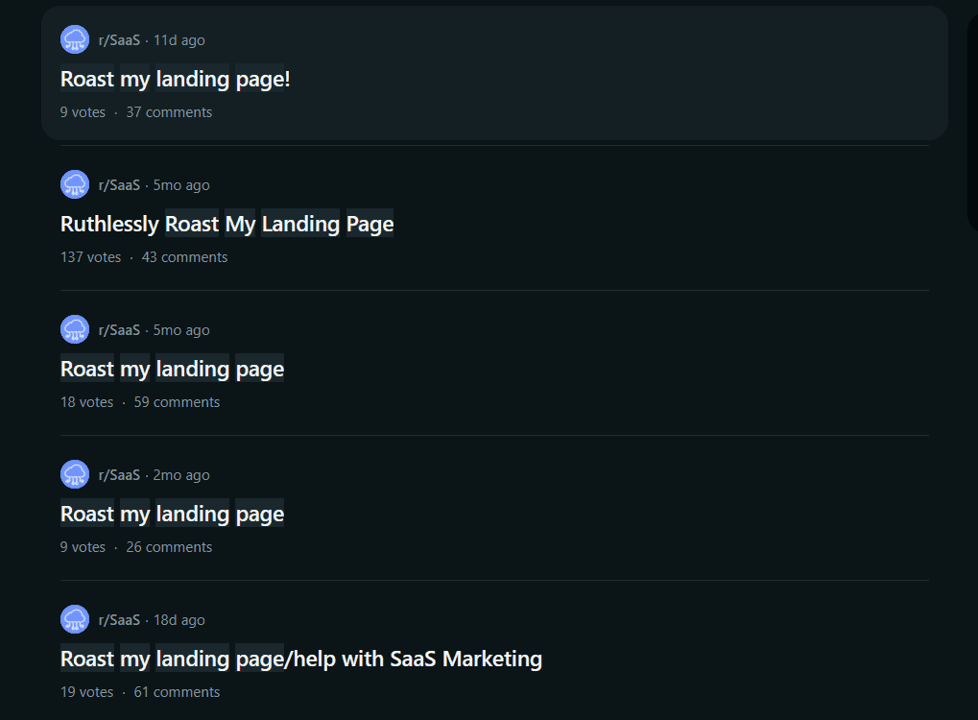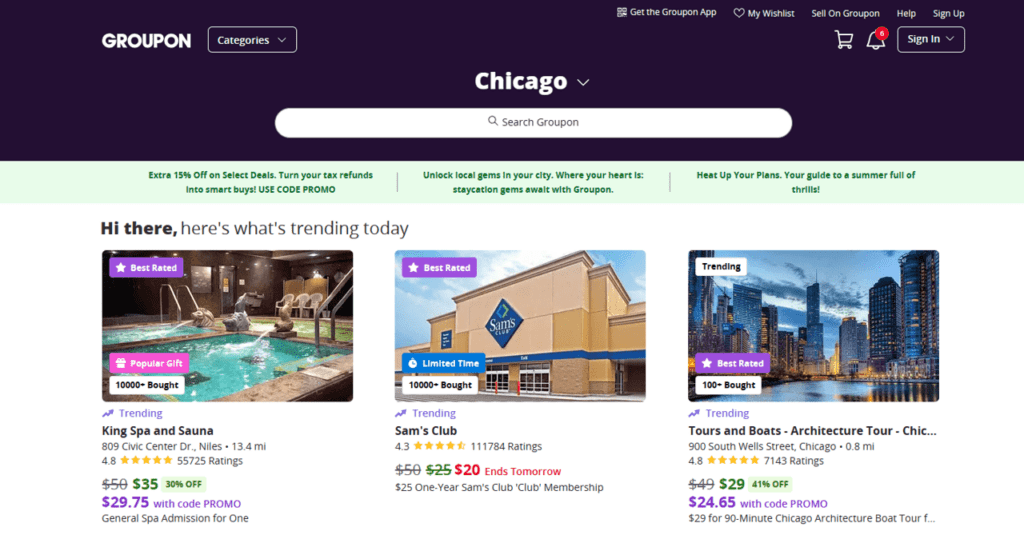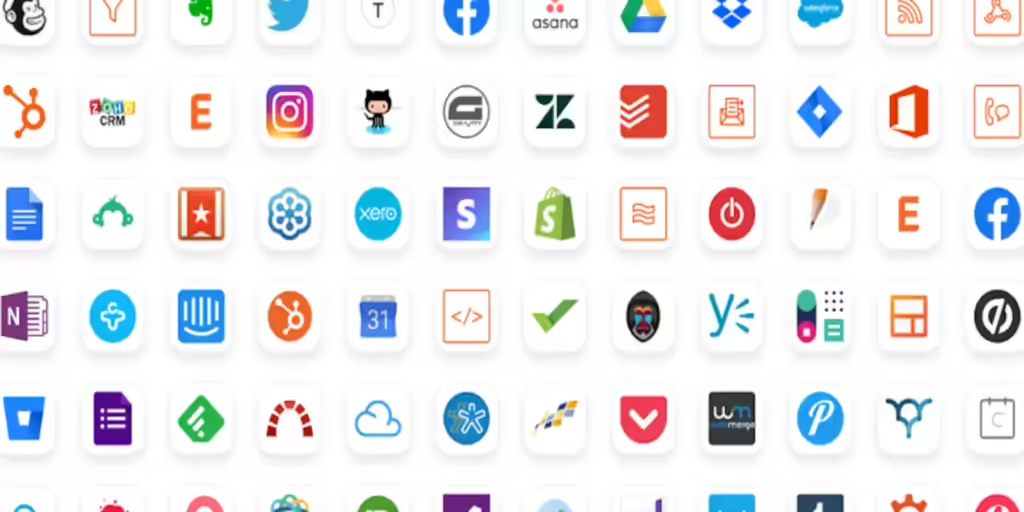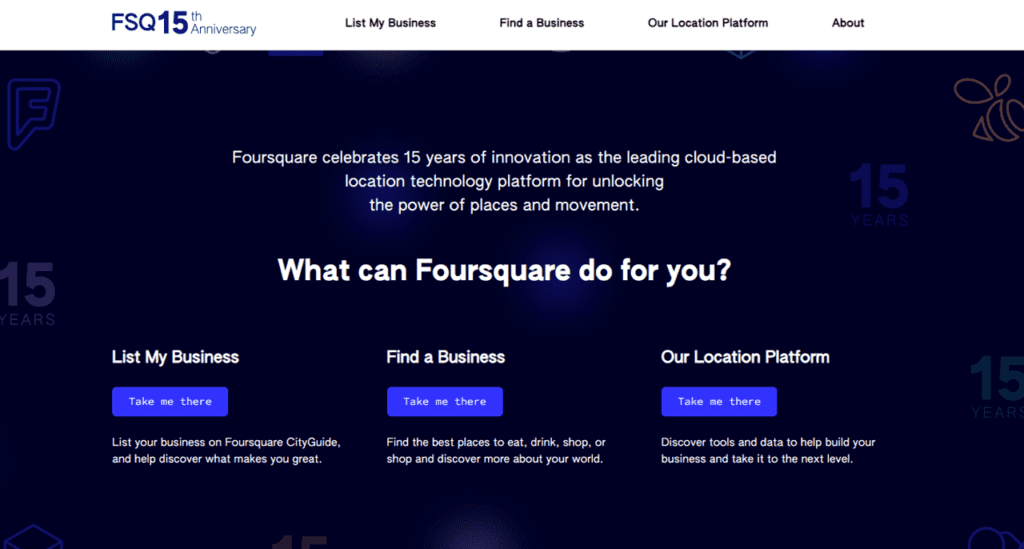Remember the Spirit of MVP
An MVP has one job – get authentic user feedback.
How you do it depends on the product.

After all, there’s no one perfect approach for the infinite number of solutions, audiences, and problems out there.
And so, in this guide, we’ll share six types of MVPs that were used by well known startups to successfully validate their ideas.
Even if you have a hundred app ideas, this guide will help you determine the best MVP for each.
1. Concierge MVP
In a concierge MVP, you simulate the user experience of your product, but some or all core functions are carried out manually.
if we could rename this, we’d call it the donkey MVP – and you’re the donkey.

Why would you want to do this?
- Lower costs, and
- Short time to market
You don’t have to actively hide this from a user, it’s fine if they know.
However, the experience should be as good as if it was automated – no compromises.
Example: DoorDash
When DoorDash was founded in 2013, food delivery apps with a selection of smaller restaurants were still a foreign concept.
To test the market demand for the idea, DoorDash co-founders Stanley Tang, Tony Xu, Andy Fang, and Evan Moore decided to play concierge as they physically:
- took actual orders from customers
- placed the takeout order from the restaurant
- picked it up, and
- hand-delivered it to the customer
In addition to validating the idea of food delivery from smaller restaurants, they also learned:
- the best spots to park when picking up an order
- what happens when a restaurant forgets an order
- how to deliver to large apartments
- How to deal with customers when an order is late
Today, DoorDash is the largest food delivery company in the US with a 2024 market cap of over 40 billion dollars by some estimates.
2. Wizard of Oz MVP
Who the heck came up with these names, right?
Anyways, a Wizard of Oz MVP is almost identical to a Concierge MVP.
The defining difference is you DO NOT want your users to know functions are being done manually. As far as they’re concerned, it’s all automated.
From their perspective, every process seamlessly unfolds as if orchestrated by automated systems, thereby preserving the illusion of full automation.

Why might you want to hide the fact that your app’s processes are being handled manually?
Well, sometimes user confidence might be impacted if they doubt your app’s ability to keep up with growing demand.
Maintaining the illusion of seamless automation can be crucial for preserving user trust and ensuring continued engagement with your platform.
Then the result is the demand never gets off the ground in the first place.
Example: Zappos

Zappos is a US-based online shoe and clothing retailer that was founded in 1999 by a software developer called Nick Swinmurn who wanted to find out if people would be willing to buy sneakers online.
To test his idea, he:
- built a simple website
- went around to local stores
- took pictures and,
- posted them on his website.
When someone ‘bought a pair of shoes’, Nick would go to the store, buy and deliver them to the customer!
He BOOT-strapped his way from a SHOE-string budget to success: Zappos was sold to Amazon ten years after its founding for 1.2 billion dollars.
Also, sorry about the feet puns. Let’s move on.
3. Landing Page MVP
If you’ve ever been to the SaaS subreddit, you’ll see tons and tons of threads asking redditors to roast a founder’s landing page.

A landing page takes effort, but not much compared to creating a working prototype.
While a landing page serves as the initial gateway to your product or service, capturing attention and driving engagement, the creation of a prototype entails a deeper level of technical intricacy, involving the integration of functionalities and the meticulous testing of user interactions.
Thus, while both endeavors demand dedication, resources, and attention to detail, the complexity of developing a prototype eclipses the relative simplicity of constructing a landing page.
And nothing compared to driving around delivering food and shoes.
If you can clearly demonstrate the value of your product via a landing page and convert enough leads, you’ve just validated your solution for very little effort, relatively speaking.
Well, so long as you don’t think it takes effort to live with PTSD – the Reddit crowd can be brutal!
Example: Buffer
The legend of Buffer’s landing page MVP is well documented in an article written by Buffer’s CEO himself, Joel Gascoigne.
In it, he talks about how he suddenly had an idea for an app that could schedule tweets.
Just like with DoorDash, at one point this was a new concept that we now take for granted.
To test the waters, Joel and his team made the most basic looking landing page.
It had a section at the bottom asking interested leads to leave their email and join a mailing list.
Then came the key part – Joel and co added a pricing widget.

And he found that people were still giving their email, which says they were ok with the pricing.
Fast forward a bit and they just killed it in 2023 with nearly 20 million dollars in revenue.
It’s a great example of how a great idea, sensible pricing, and clear communication combined to kickstart a successful business.
4. Email Campaign MVP
Looks like we’ve left behind the fancy names for super literal ones.
An email campaign or just single email MVP is where you have a mailing list and you send them emails that measure interest in your idea.
By leveraging a curated mailing list, you proactively engage recipients, aiming to elicit valuable feedback and measure their receptiveness to your idea.
This approach allows for targeted communication, enabling you to refine and validate your concept efficiently.
Think of it as a landing page by email.
Obviously, you need a mailing list.
And a good mailing list is a precious thing, so be careful with how you do this.
But if you go all marketing guru and it reeks of FOMO, there’s a chance people will unsubscribe out of sheer annoyance.
As humans, we want to be seduced, not manipulated!
Example: Groupon

Groupon’s whole thing is selling coupons, leveraging customer data and networks with merchants to offer targeted discounts they know people want.
In the story of how it started, archived in a transcribed interview here, Groupon founder and CEO Andrew Mason shared that it all started with a newsletter that consisted of people from his existing business The Point – just 500 of them.
Point is it all started with a mailing list and emails, and today Groupon’s market cap is nearly 600 million dollars.
5. Piecemeal MVP
The word ‘piecemeal’ means something that’s done in a series of steps instead of all at once.
For example, if a business is developed piecemeal, it means different parts of it were developed independently and then at one point they all get combined.
This incremental approach often sees distinct facets of the business cultivated separately, only to be amalgamated into a cohesive whole down the line.
A piecemeal MVP means your MVP is glued together using different tools that already exist.
Maybe we should call this the Zapier MVP?

If you can do this cost-effectively, you don’t need to do manual concierge stuff.
At the same time, you also don’t have to do any development of your own.
Win-win, baby.
Example: Groupon!
Yes, we’re using the same example.
Is it lazy? Yes.
But it is relevant and accurate?
Also yes.
Let’s go to a quote from Andrew:
The actual coupon generation that we were doing was all FileMaker. We would run a script that would email the coupon PDF to people. It got to the point where we’d sell 500 sushi coupons in a day and we’d send 500 PDFs to people with Apple Mail at the same time.
You can see the only thing they built themselves was a bit of script.
Otherwise, it was just a combination of FileMaker, WordPress, and Apple Mail.
And you’ll find that many no code apps rely heavily on integrating with third parties to provide core functions, so the piecemeal MVP could easily be called the no code MVP!
6. Single-feature MVP
A single feature MVP has – surprisingly – one feature!
This single feature will be the core feature that defines your product.
Focusing on just one single feature is always useful because most founders will have limited funds and limited time.
So what resources you do have, you want to pour them into things that matter.
So what does a successful single-feature MVP look like?
Example: Foursquare

Foursquare is a location-based social networking platform that allows users to discover and share information about different places. Users can:
- check in to locations
- leave reviews
- recommend places to friends, and
- get personalized recommendations from the app based on preferences and past check-ins
Today, anyway.
When it was first launched. all it did was give you different types of badges for checking into different locations.
The founders just wanted to validate the idea of people wanting to check in online.
And people did – today Foursquare serves tens of millions of users worldwide.
Let’s Recap Everything
Still remember the six types of MVPs we went over in this list?
Go on – think on it for a minute.
Done?
Now cross-check your answers against our list:
- Concierge MVP
- Wizard of Oz MVP
- Landing Page MVP
- Email Campaign MVP
- Single Feature MVP
- Piecemeal MVP
If you got it all, then awesome – and now allow us to leave you with one last concept: The Minimum Lovable Product or MLP.
The concept is simple: what’s the smallest additional work that needs to be done to elicit a positive emotional response from the early user?

The kind of response where they don’t just confirm your app works, but that they are prepared to purchase or subscribe at that moment.
Doesn’t matter which type of MVP you choose – the idea of an MLP can apply to them all.
IF you’d like to learn more, check out our post sharing five examples of MLP in action.
Hey there stranger, thanks for reading all the way to the end. Consider joining our mailing list for a one-stop resource on everything from micro SaaS validation all the way to execution and promotion. Get a nifty list of questions to ask app developers when you sign up!
Download this template now so you know exactly what to ask App Development Agencies! Let us know where should we send it through the form below.





